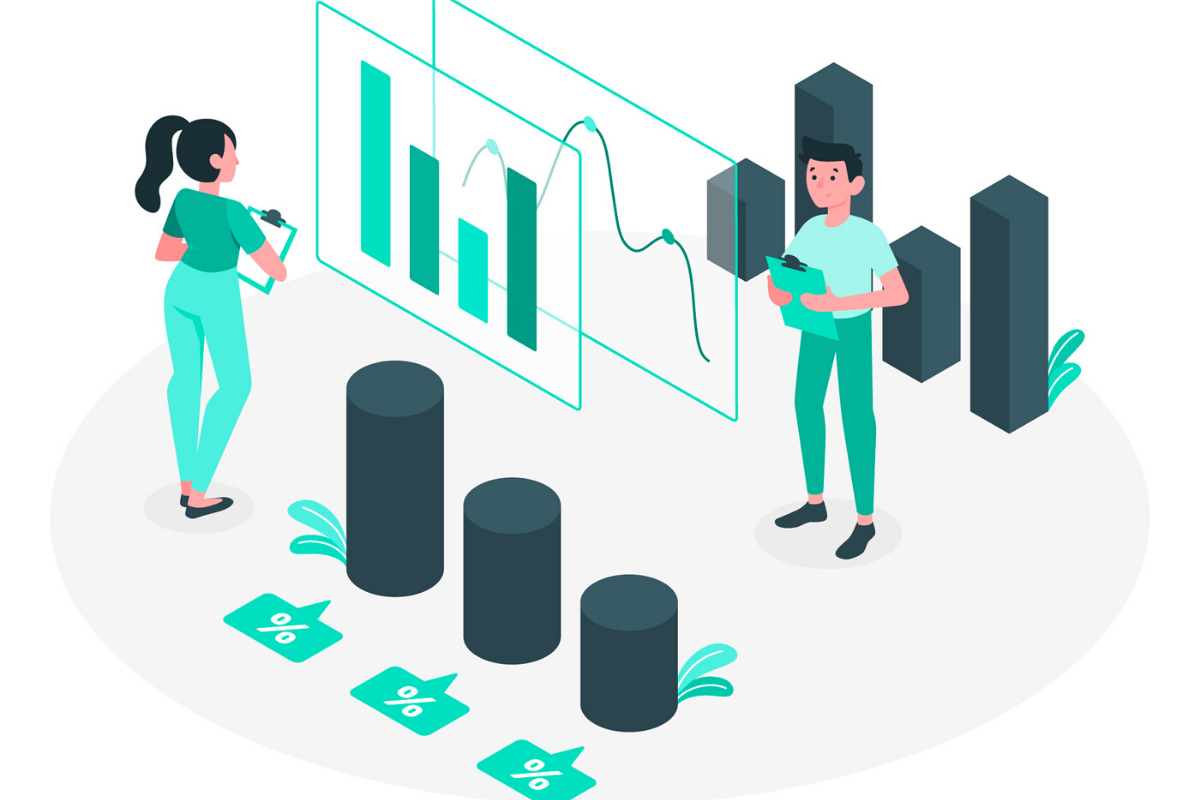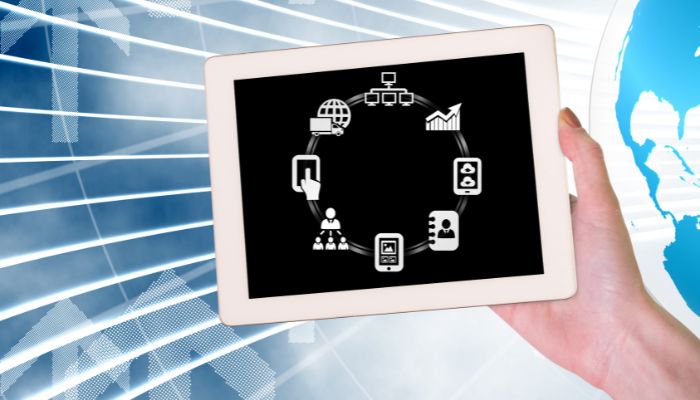Marketing teams, over the years, have made use of consumer analytics, to generate better results through good customer experience. Quite similar to this, people analytics is a practice through which HR managers can understand how employees work. People analytics is a part of HR analytics and essentially an analytical method through which the practices and processes can be improved to facilitate better work experience for employees. The practitioners of this field make use of the available technology, statistics and expertise and apply it to data sets to deliver solutions.
The benefits of using people analytics are multifold as HR managers can use data analytics to study the motivation and challenges of employees. Earlier, talent management mainly revolved around personal relationships or experience-based decision making. It wasn’t a comprehensive practice as there was no deep analysis and lack of legal compliance. With people analytics, HR managers can make authentic claims, driven by fact-based data, to their management to recruit the best talent from the market. This exciting talent can promote innovation and best practices to steer the business in the right direction.
You might also be interested to read: People Analytics: Where is HR lacking?
According to the 2017 Global Human Capital Trends report of Deloitte, more than 70 per cent companies already considered people analytics as a priority. However, not many companies had an idea of how people analytics works due to which only 9 per cent of companies had an idea of how it should work. The practice of people analytics will help teams to study and analyze the vital aspect of their organization – their employees. Further, they can gain insights on the capacity utilization of the team, the kind of work they are doing and how they are doing it, the tools used to finish tasks, the productivity of employees and teams, etc.
Based on these data analytics, the HR managers can identify the process efficiencies, productivity, resource wastage, identify upskilling opportunities for employees, etc. This will pave the way for better resource utilization, employee management and engagement, and strategic human resource planning. A productive and motivated workforce will deliver much better results at a much faster rate, which will lead to increased profits for the business. In order to implement this, organizations do not have to conduct resource-intensive activities. There is no requirement of changing or implementing anything before putting into practice workforce analytics. The employee data and process data will always remain available for HR and can be used anytime to study and analyze.
You might also be interested to read: People Analytics In Talent Management: How Using HR Analytics Tools Is Changing The Recruitment Game
HR managers can allow the people analysis practice to run in the background and observe the trends. However, before implementing the practice of people analytics, HR managers must define the objectives and the expected outcomes. It will help to gain the trust of the management and other key stakeholders to ensure that the exercise becomes successful.
Reference: Better People Analytics, hbr.org, Nov 2018
Related Topics:






